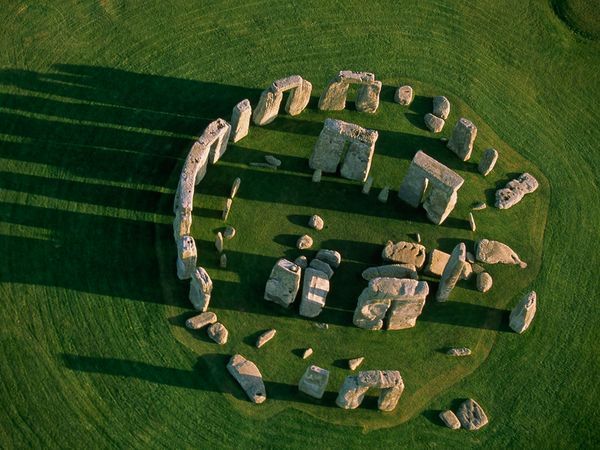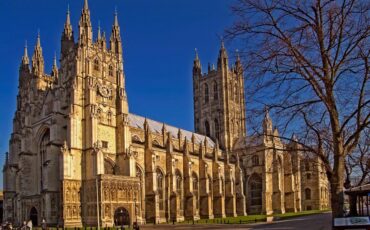Archaeologists say that Amesbury where Stonehenge is located might date back to 8820 BC, making the town the longest continuously occupied settlement in Britain.
Researchers uncovered a series of clues about the lifestyles of the early residents. Findings suggest they ate frogs’ legs long before the practice became common in France. The discovery helps to explain why Stonehenge was built about two miles from Amesbury. The researchers were able to track the activities of the people who were responsible for building the first monuments at Stonehenge, made of giant pine posts. The same communities continued to occupy the area for a further 3,000 years, close to the dawn of the Neolithic era when the stone monuments were built. A research fellow said that the area was clearly a hub point for people to come from many miles away.
 Stonehenge located in the parish of Amesbury.
Stonehenge located in the parish of Amesbury.
END
Would you like to explore London and beyond with a highly qualified and enthusiastic Blue Badge Tourist Guide? Use our Guide Match service to find the perfect one for you!







Leave a Reply